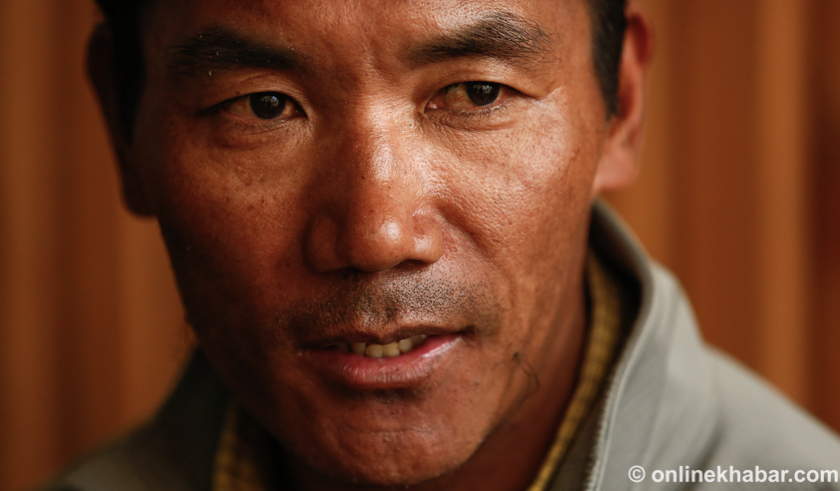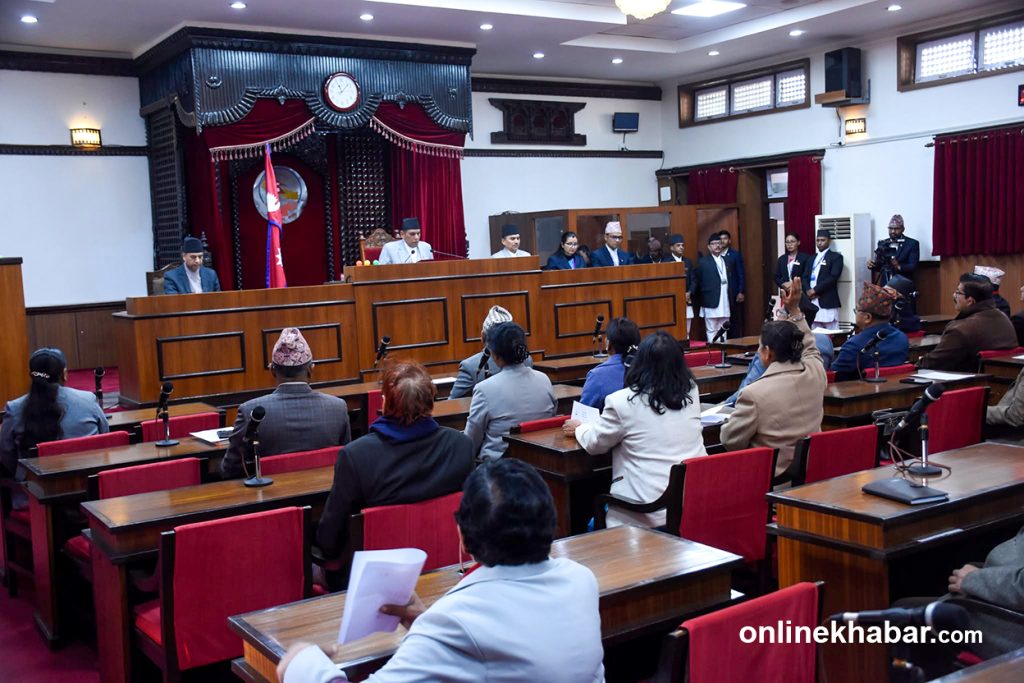
For someone who has climbed the highest mountain in the world twice in a week, Kami Rita Sherp doesn’t look happy.
Sherpa, who first summited Everest in 1994, talks from his experience in guiding clients to the top of various mountains. He feels that while so much has changed since the first time he put on his mountaineering gear, so much remains the same–especially the government’s apathy towards his community.
When Sherpa started out, not many in Nepal understood what his work was about; it was even difficult to find work. But these days, both he and his community members have receive a lot of respect. “Tour agents come to me and tell me to climb for them.” Sherpa recalls begging expedition organisers for work.
“But now the same expedition organisers come and request me to join their expedition.”
Some, he says, literally beg. The reason expedition companies are desperate for experienced guides like Sherpa to join their team is that in the past decade many climbers and guides have retired and the companies who ask the clients to spend up to $100,000 need experienced guides. Money is what is driving the Everest climbing boom, and Sherpas are being denied their fair share. Sherpa, along with others from the Khumbu region, are disappointed that only a fraction of of the $11,000 that foreigners pay to the government to climb Everest goes back to the community.
But that’s just one aspect of the problem. At the root of it all is that the government doesn’t realise the importance of Sherpas, says the only man to have successfully summited Everest 24 times. “We’ve never been treated as national assets. The government will not admit it, but they have been using the Sherpa community and Mount Everest to earn money,” says a visibly sun-burnt Sherpa.
Having seen so many fellow climbers die in the mountains, he feels that the government could do more to protect Nepali high altitude climbers. He shares that by the time the government realises the importance of Nepali high altitude climbers it will be too late.”The government has been taking us for granted for years. If this goes on, they will surely pay the price,” he says.
Sherpa says that he already sees ominous signs. “In 10 years time, no one from the Khumbu region may want to climb mountains. Almost all climbers have decided not to send their kids to work in the mountains.”
“It’s too dangerous. We have worked hard enough to have provided them better education than we had. They will definitely have a better future than we had.”
“What will the government do if we decide not to climb?” he questions.
“Mountain tourism will flourish only if you encourage young climbers. If Sherpas don’t climb, you’ll not have as many people coming. That’ll mean that the revenue that comes from clients will take a hit.”

Sherpa feels that he has been able to climb Everest two dozen times due to the grace of god, and not everyone can be as lucky all the time. “My family tells me not to go but I do it anyway. I have’t had a single scratch while climbing Everest.”
“I pray on most days when I’m here. I pray when i’m in the mountains. My father prays for me as does my wife. I’m alive due to their prayers.” He hopes that some day the prayers work and the government finally decides to change the way it looks at Sherpas and mountaineering.























